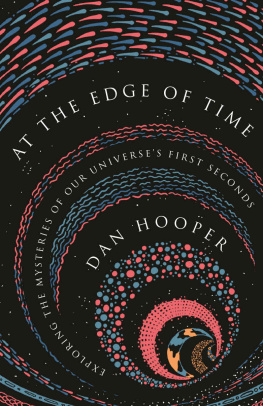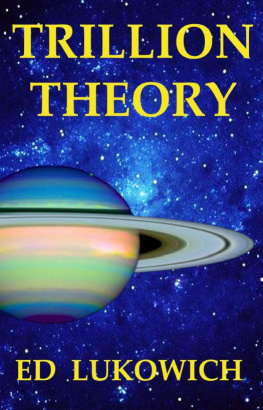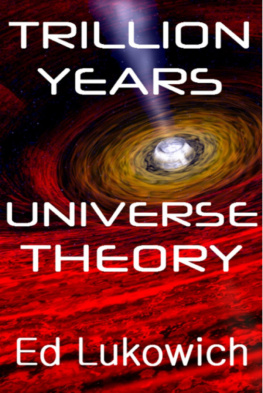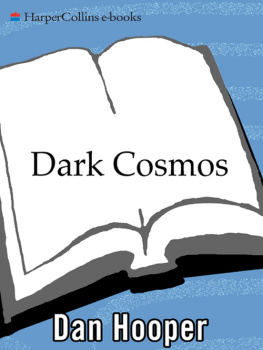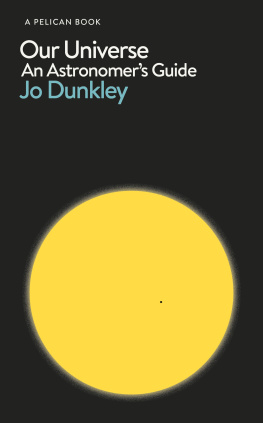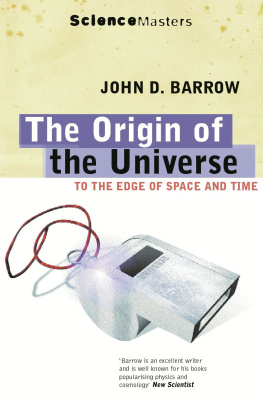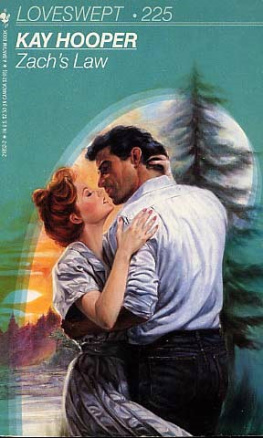AT THE EDGE OF TIME
Books in the Science Essentials series bring cutting-edge science to a general audience. The series provides the foundation for a better understanding of the scientific and technical advances changing our world. In each volume, a prominent scientistchosen by an advisory board of National Academy of Sciences membersconveys in clear prose the fundamental knowledge underlying a rapidly evolving field of scientific endeavor.
For a full list of titles in the series, go to https://press.princeton.edu/series/science-essentials.
At the Edge of Time: Exploring the Mysteries of Our Universes First Seconds, Dan Hooper
Brave New Arctic: The Untold Story of the Melting North, Mark C. Serreze
The Little Book of Black Holes, Steven S. Gubser and Frans Pretorius
Lifes Engines: How Microbes Made Earth Habitable, Paul G. Falkowski
The Cosmic Cocktail: Three Parts Dark Matter, Katherine Freese
Oxygen: A Four Billion Year History, Donald C. Canfield
Heart of Darkness: Unraveling the Mysteries of the Invisible Universe, Jeremiah P. Ostriker and Simon Mitton
Natures Compass: The Mystery of Animal Navigation, James L. Gould and Carol Grant Gould
Enhancing Evolution: The Ethical Case for Making Better People, John Harris
The Little Book of String Theory, Steven S. Gubser
How to Find a Habitable Planet, James Kasting
The Medea Hypothesis: Is Life on Earth Ultimately Self-Destructive?, Peter Ward
At the Edge of Time
EXPLORING THE
MYSTERIES OF OUR
UNIVERSES FIRST SECONDS
DAN HOOPER
PRINCETON UNIVERSITY PRESS
PRINCETON & OXFORD
Copyright 2019 by Dan Hooper
Requests for permission to reproduce material from this work
should be sent to permissions@press.princeton.edu
Published by Princeton University Press
41 William Street, Princeton, New Jersey 08540
6 Oxford Street, Woodstock, Oxfordshire OX20 1TR
press.princeton.edu
All Rights Reserved
eISBN 9780691197005
Version 1.0
Library of Congress Cataloging-in-Publication Data
Names: Hooper, Dan, 1976 author.
Title: At the edge of time : exploring the mysteries of
our universes first seconds / Dan Hooper.
Description: Princeton : Princeton University Press, [2019] | Includes index.
Identifiers: LCCN 2019019248 | ISBN 9780691183565 (hardcover)
Subjects: LCSH: CosmologyPopular works. | Big bang theoryPopular works.
Classification: LCC QB982 .H658 2019 | DDC 523.1dc23
LC record available at https://lccn.loc.gov/2019019248
British Library Cataloging-in-Publication Data is available
Editorial: Jessica Yao and Arthur Werneck
Production Editorial: Natalie Baan
Jacket illustration and design by Sukutangan
For Cheryl
CONTENTS
- ix
- 1
- 12
- 25
- 46
- 63
- 84
- 105
- 125
- 143
- 158
- 182
- 201
- 225
- 227
ACKNOWLEDGMENTS
ID LIKE TO THANK all of those who provided me with feedback about this book, especially Daniel Whiteson, Chris Vale, Becky Hooper, and Andy Mareska. Id also like to thank my editor, Jessica Yao, for pushing me to make this book better than it otherwise would have been and providing me with great advice, even when I didnt want to hear it.
AT THE EDGE OF TIME
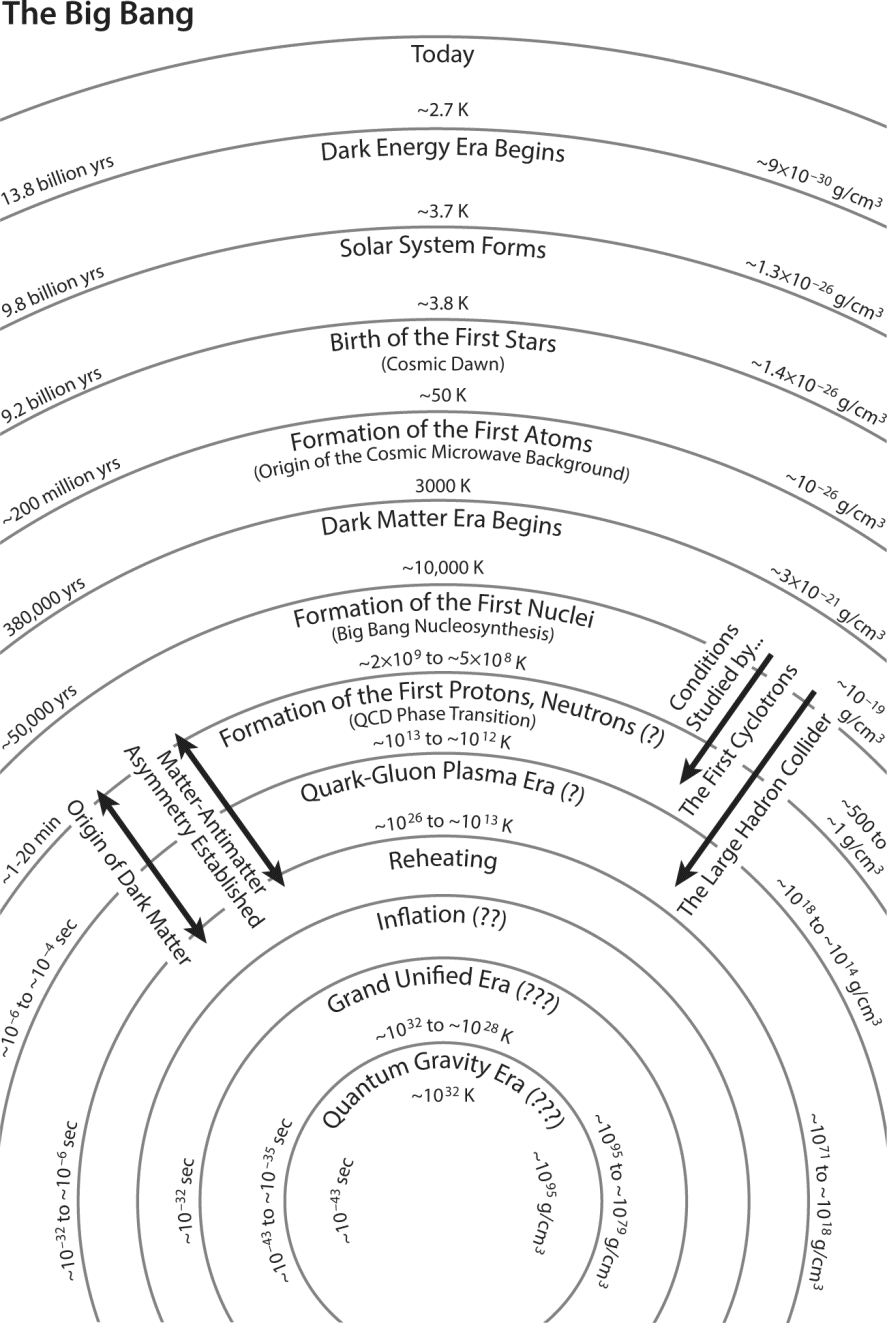
1
At the Edge of Time
Nature shows us only the tail of the lion. But there is no doubt in my mind that the lion belongs with it even if he cannot reveal himself to the eye all at once.
ALBERT EINSTEIN
SOME 13.8 BILLION YEARS AGO, our universe experienced its first moments. Almost everything about this earliest period of time remains a mystery to us. We dont know what forms of matter existed, or what physical laws they obeyed. All we know for sure is that our newborn universe had little in common with anything that exists in our world today.
Only a fraction of an instant later1043 seconds or sogravity may have started to behave a lot like the force that we know and love. In contrast, the other known forces of natureelectromagnetism and the strong and weak nuclear forceslikely appeared very different from the way they do today.
Then things got really weird. Sometime in the first 1032 seconds or so, our universe began to expand even more rapidlywildly more rapidlythan it had been before. This expansion was so fast as to appear virtually instantaneous, and it left our universe utterly transformed. During this era, known as cosmic inflation, our universe grew in volume by an incredible factor of about 1075 within a span of only 1032 seconds. This expansion carried every piece of matter away from every other at speeds far greater than the speed of light. By the time that inflation was over, every particle was left in isolation, surrounded by a vast expanse of empty space extending in every direction. And thenonly a fraction of a fraction of an instant laterspace was once again filled with matter and energy. Our universe got a new start and a second beginning.
After a trillionth of a second, all four of the known forces were in place, and behaving much as they do in our world today. And although the temperature and density of our universe were both dropping rapidly during this era, they remained mind-bogglingly highall of space was at a temperature of 1015 degrees. Exotic particles like Higgs bosons and top quarks were as common as electrons and photons. Every last corner of space teemed with a dense plasma of quarks and gluons, alongside many other forms of matter and energy.
After expanding for another millionth of a second, our universe had cooled down enough to enable quarks and gluons to bind together, forming the first protons and neutrons. Within a few minutes, many of those protons and neutrons had fused together into the first atomic nuclei. During this era, our entire universe resembled the core of a modern star. But things did not remain that way for long. As space further expanded, the temperature continued to fall, leading to dramatic changes from minute to minute, and then from hour to hour and day to day. After a few hundred thousand years, our universe had cooled to a mere few thousand degrees. It was around this time that electrons began to bind to nuclei, forming the first complete atoms.
Slowly but steadily, clumps of matter began to collapse under the influence of gravity, which in turn led to the formation of stars and galaxies. We estimate that the first stars appeared in our universe about 200 million years after the Big Bang. These early stars were much larger and shorter lived than those found today. Only now are telescopes powerful enough to produce images of these stars about to come into use. Our Sun and its Solar System are relative latecomers to our universe, forming about 9.2 billion years after the Big Bang. Today, at the age of 13.8 billion years, our universe continues to expand, cool, and evolve. Its past contained a vast and diverse range of eras and transformations. Its far future is sure to usher in new epochs, both expected and otherwise.

